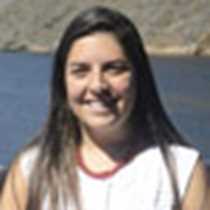Today we woke up in North Seymour to start the first official day of our expedition.
We started our morning with a delicious breakfast followed by a visit to this amazing island. We were able to see different species of marine birds, including one of the most popular ones, the blue-footed booby. Blue-footed boobies are one of three different species of boobies in the islands. They have the smallest population of all the boobies. We also saw male frigatebirds with their stunning red pouches inflated and chicks from both species all over the place.
Frigatebirds are nicknamed “pirates of the air” because of their thievery to get food. 80% of their diet comes from stealing from other animals, and they only hunt 20% of what they eat. They developed this strategy because they are not like many other marine birds, which are waterproof due to an oil gland behind their tails. Frigatebirds have this gland, but it’s poorly developed. Marine and land iguanas, sea lions, and swallow-tailed gulls were all part of our morning.
Seeing these species interacting and living together is quite a unique experience. Our guests were also thrilled by the geology and the views.
We came back on board for a snorkeling talk and gear check for the week, which was followed by a great lunch.
After a few hours of navigation, we arrived at Rábida Island. This island has a popular red sand beach. Our guests practiced their snorkeling skills for the first time. They had the chance to swim with sea lions! Right after snorkeling, we dried off, put on our water shoes, and started a beautiful and relaxing stroll along the beach. Against the backdrop of a colorful and beautiful sunset, we spotted a colony of flamingos with two babies. This sighting was very special since the last time we were able to see flamingo hatchlings here was in 1998.
What a wonderful way to end our expedition!
Photo caption and photographer: A group of adult flamingos in the brackish water lagoon at Rábida Island. Photo by Cristian Saa







